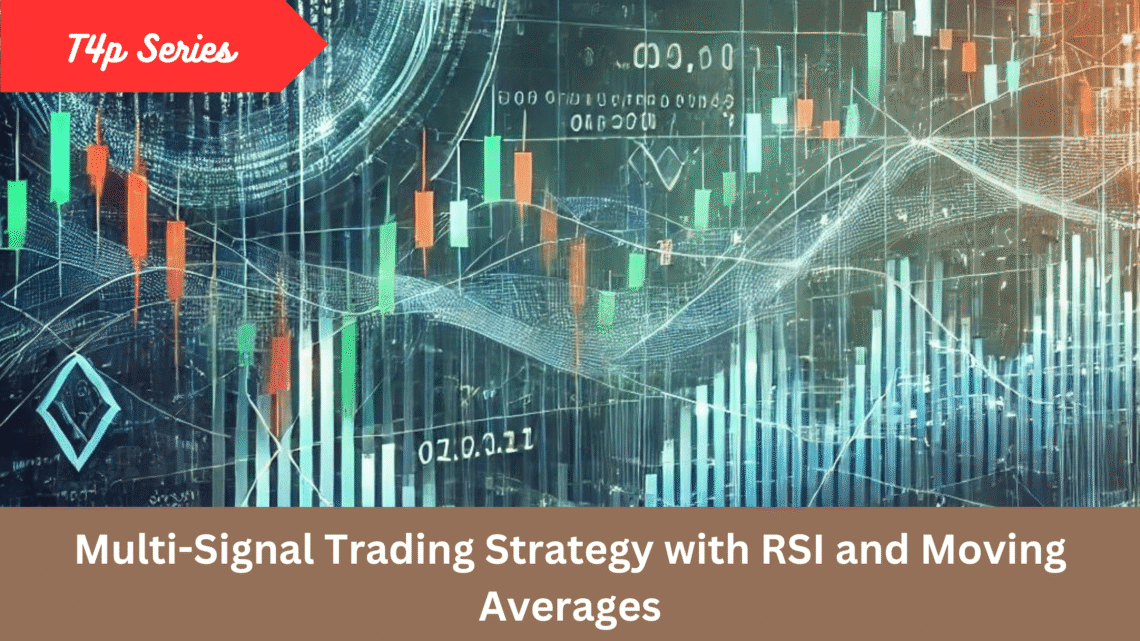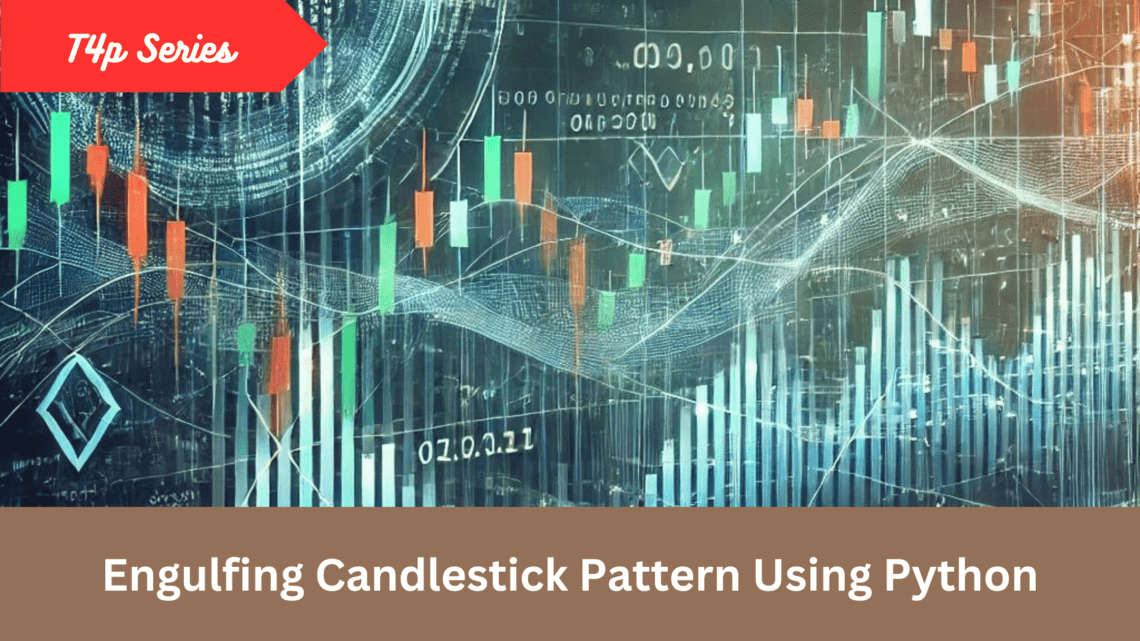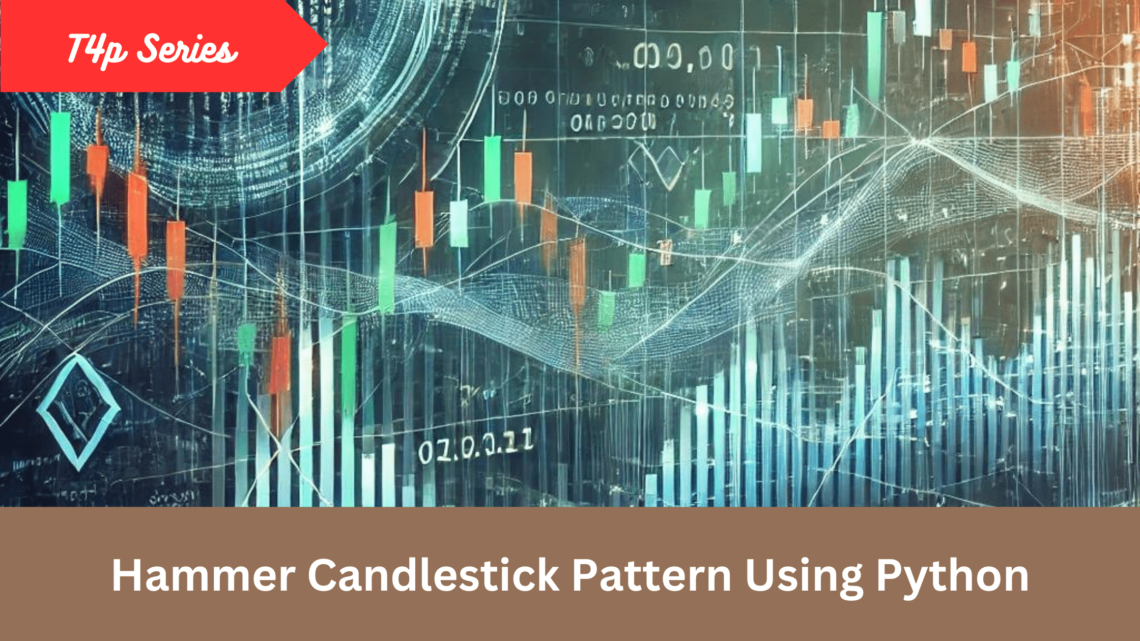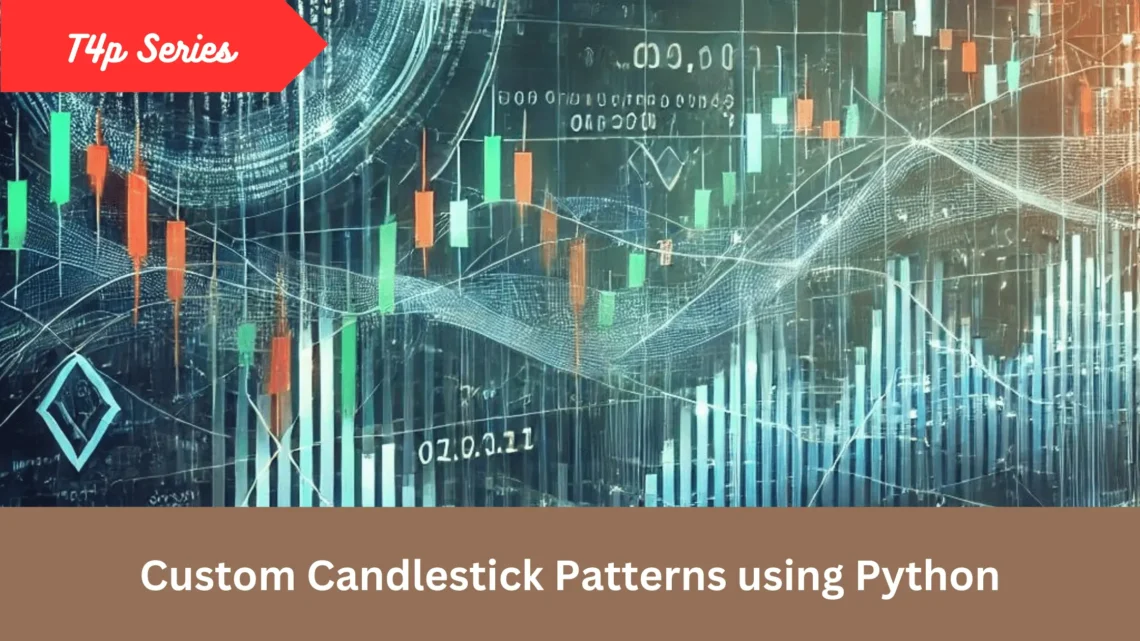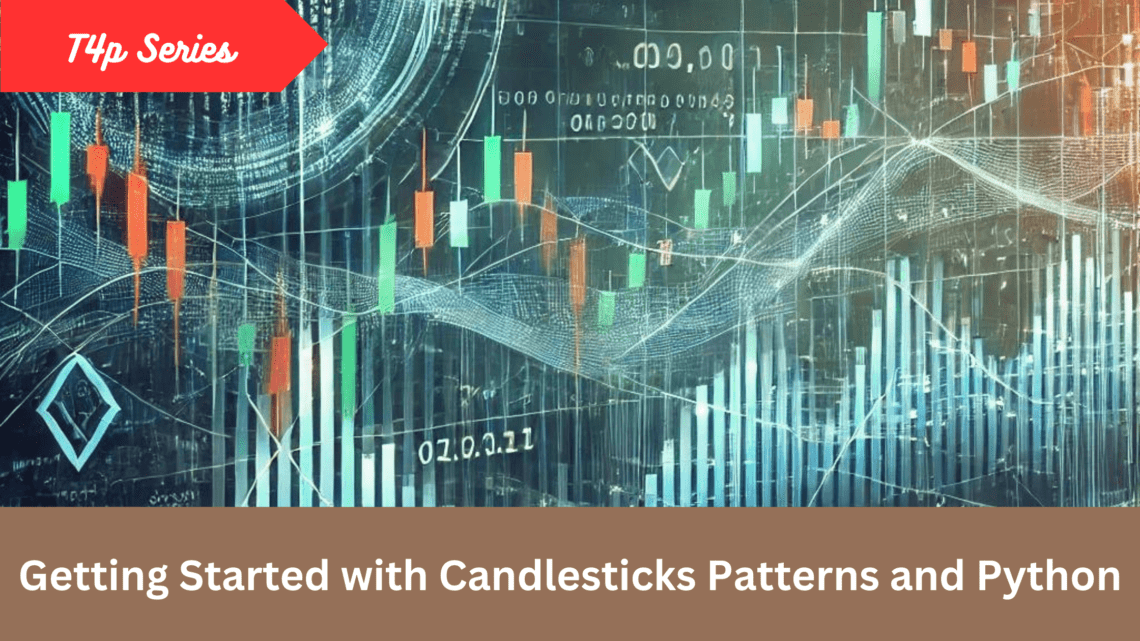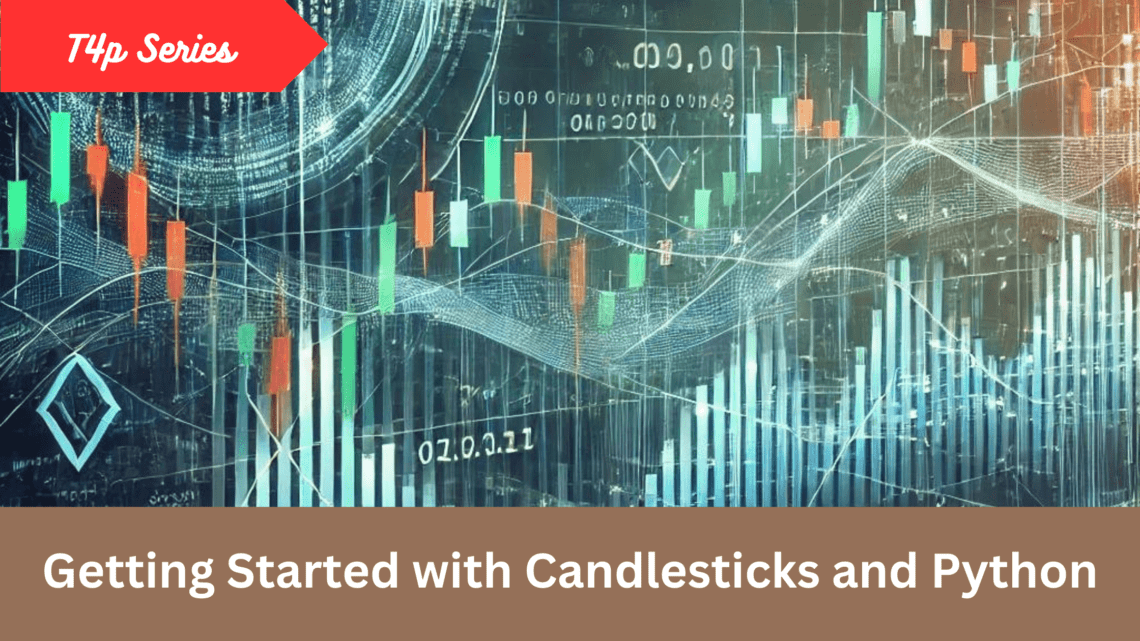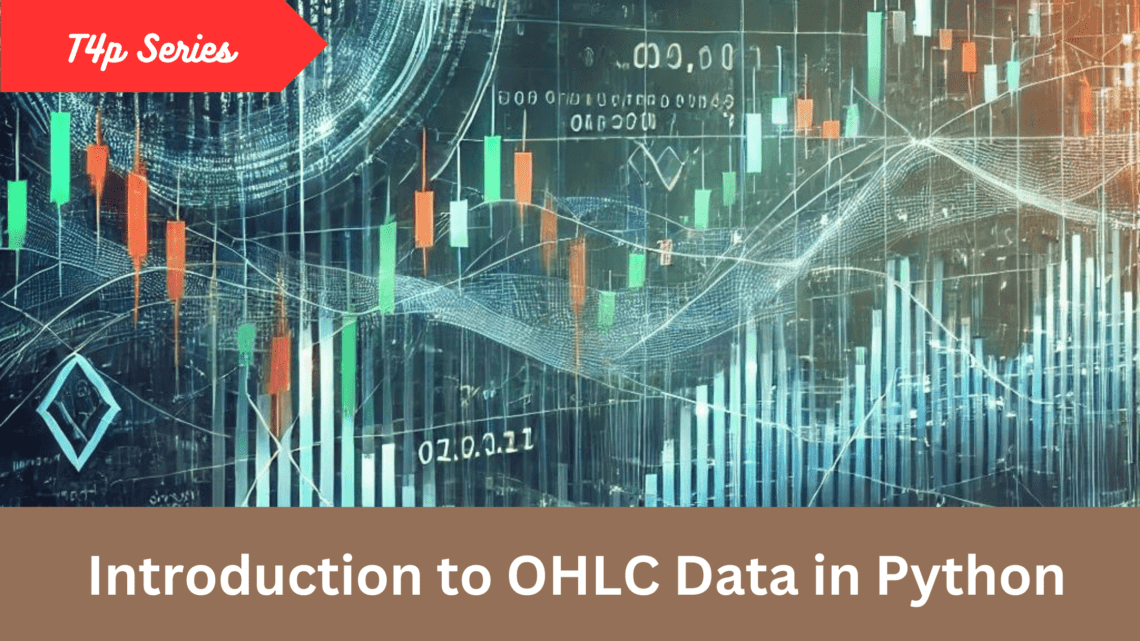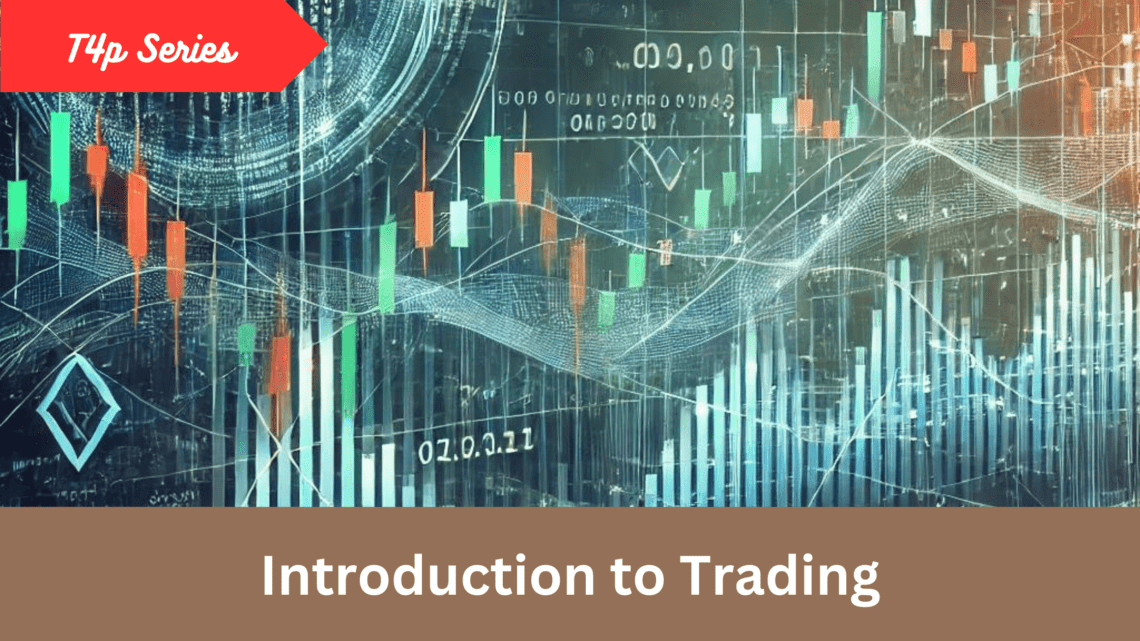This post is part of the T4p Series. So in this post, we are going to combine two indicators: RSI and Moving Averages to come up with a strategy. But first, let’s talk about what we mean by a “strategy.” A trading strategy is simply a set of rules that tells you when to buy and when to sell. It’s different from just using individual indicators because it combines multiple signals into a complete system. Whether you use a single indicator or a set of indicators, in the end, we are going to generate buy/sell signals or open long/short positions. When you rely on a single indicator, for instance, RSI alone,…
-
-
Generating Buy/Sell Signals with Moving Averages Using pandas-ta
This post is part of the T4p Series. In the previous post, I had discussed the engulfing pattern. In this post, we will discuss Moving Averages. What Is Moving Average Moving Averages are one of the most widely used indicators. They smooth out price fluctuations by calculating the average price over a specific number of periods, creating a trend-following line that updates as new data becomes available, hence helping traders identify the overall direction of the price movement. Types Of Moving Averages Simple Moving Average (SMA) – Calculates the arithmetic mean of prices over a set period, giving equal weight to all data points Exponential Moving Average (EMA) – Gives more…
-
Detecting the Engulfing Pattern Using pandas-ta
This post is part of the T4p Series. In the previous post, I discussed the Hammer Pattern. So far, we have been writing everything from scratch to detect a certain pattern. However, there’s an amazing library available that has done all the heavy lifting on our behalf and provides easy-to-use interfaces to detect patterns. I will be using the pandas-ta library for this purpose. For certain patterns, it relies on the TA-Lib library, a C++ library for technical analysis. What Is The Engulfing Pattern The Engulfing Pattern is a two-candle pattern that hints at a possible reversal in price direction. It consists of two candlesticks: Bullish Engulfing Pattern: This pattern shows up when prices…
-
Detecting the Hammer Candlestick Pattern Using Python
This post is part of the T4p Series. In the previous post, we discussed creating your custom signal generation pattern. In this post, we will discuss a famous candlestick pattern called the Hammer pattern. We will discuss the pattern, what it is all about, and how it helps traders to earn money. Introduction A Hammer is a single candlestick pattern that forms during a downtrend and is characterized by having a small real body at the top of the candle, a long lower shadow (at least 2-3 times the size of the body), and little to no upper shadow. The pattern indicates a potential trend reversal as it shows that despite…
-
Design Custom Candlestick Patterns for Signal Generation Using Python
This post is part of the T4p Series. In the previous post, I introduced you to Candlestick patterns, explaining what they are and discussing a couple of well-known patterns and their implementation in Python. We will be discussing further famous patterns in coming posts but here we will learn how you can come up with your own candlestick patterns and implement them in Python. Ultimately, we will be using our custom and awesome candlestick pattern to generate signals and print money. Custom Pattern So, what would that custom pattern be? Pretty simple: Bullish: If 3 consecutive candles are green, it triggers a SELL signal. Bearish: If 3 consecutive candles are red, it…
-
Getting Started with Candlesticks Patterns and Python
This post is part of the T4p Series. In the previous post, I briefly introduced candlesticks and how to detect a bearish and bullish candle in Python. In this post, we are going deeper, discussing candlestick patterns, what they are all about, and how to detect and represent them in Python Introduction As you learned in the previous post, there are mainly two types of candles: Bearish and Bullish. The size of the wick and the body determines what kind of bearish and bullish candle it is. Candlestick patterns visually help traders learn about the price movement to interpret the market sentiments. History Candlestick patterns were developed centuries ago by Japanese…
-
Getting Started with Candlesticks and Python
This post is part of the T4p Series. In this post, we will briefly discuss candlesticks, their basics, types, and how you can use OHLC data to identify them. I’ll aim to keep it short and to the point. What is a CandleStick Candlesticks are graphical representations of price movements in financial markets, typically showing the opening, closing, high, and low prices for a specific time period. History of CandleSticks Candlestick charting has a rich history that dates back centuries. It originated in Japan during the 18th century, long before the advent of modern financial markets as we know them today. The story begins with Munehisa Homma, a Japanese rice…
-
An Introduction to OHLC Data in Python
This post is part of the T4P Series. In this post, we will be discussing OHLC data. OHLC is the abbreviation of Open, High, Low, and Close. We will discuss its working, its importance, and how to access it. So let’s start. What is OHLC Data OHLC data is a common way to represent the price movement of an asset, whether it’s a stock, cryptocurrency, or commodity, during a specific time frame (like an hour, a day, or a week). These four values give you a snapshot of how an asset’s price has fluctuated during that time frame. Let’s break it down: Open: This is the price at which the…
-
Introduction to trading for programmers
I am starting a new series, Trading for Programmers (T4P), where I will cover topics related to trading and how programmers can leverage their existing skills. This is the first post in the series. Why Programmers Should Explore Trading Before diving into trading, it’s important to understand why programmers should consider getting into it, even if they aren’t particularly fond of trading. Trading might seem like a world of its own, but it’s actually a great fit for those skilled in computers and numbers. At its core, trading involves buying and selling assets like stocks or cryptocurrencies to make a profit. For programmers, this can be especially intriguing because it’s…
